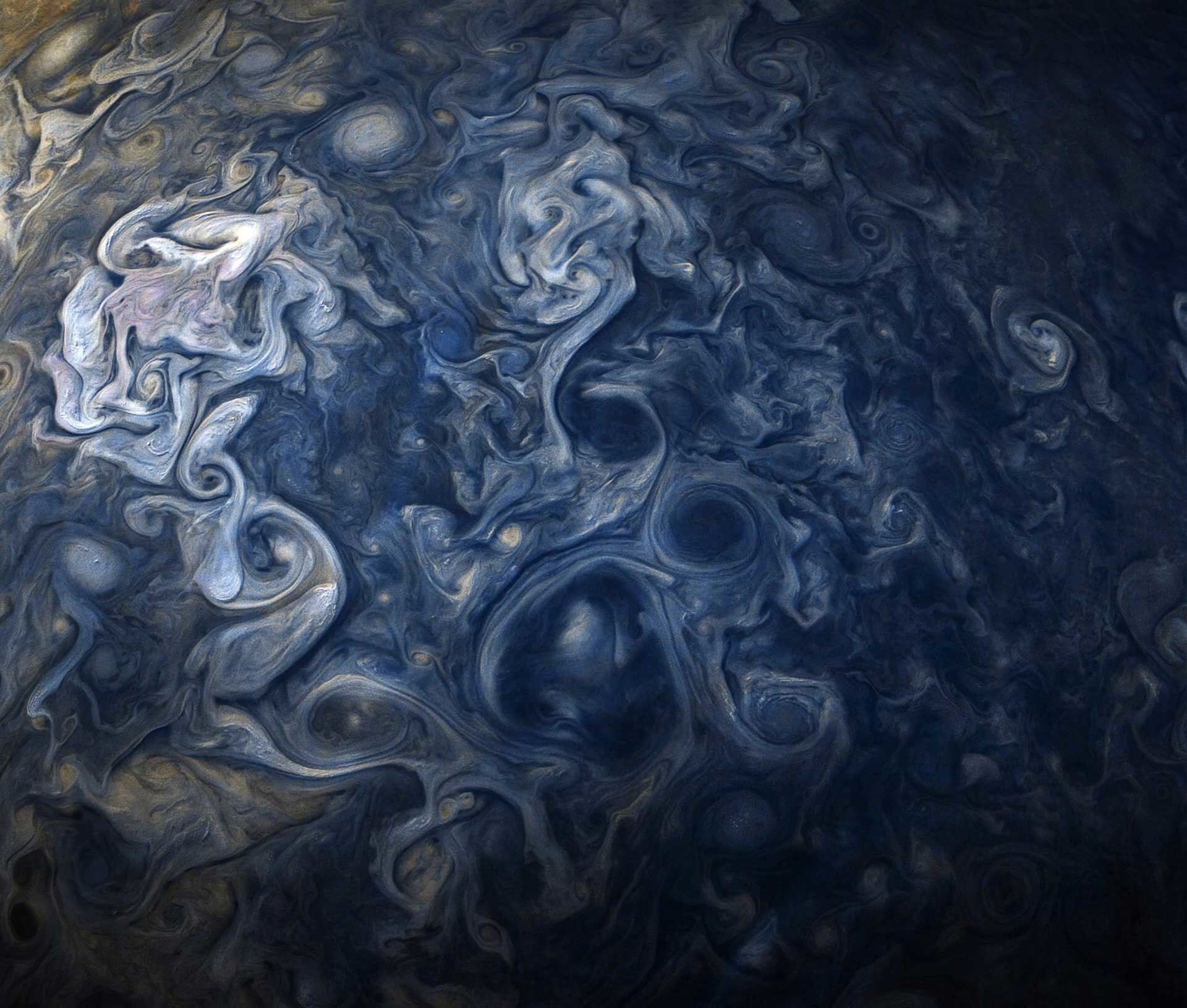
Past research
M.S. in Oceanography (URI-GSO, Narragansett, RI, USA)
Sea-spray impact on momentum exchanges at the air-sea interface during high wind conditions.
International Journal for Numerical Methods in Fluids paper (2015)
Sea spray droplets released into the air, in a stormy ocean.
This study investigated the impact of sea spray droplets on the drag coefficient at the ocean’s surface, during high wind conditions, such as tropical cyclones. Through a series of numerical simulations relying on the Lattice Boltzmann Method, the effects of sea spray when released into the air through wave breaking, were analyzed over a range of varying parameters, e.g., droplets size and concentration. This science question can be translated from Oceanography to Computational Fluid Mechanics by representing the sea spray droplets as rigid spherical point particles dispersed in a turbulent air flow, i.e., a turbulent particle-laden Poiseuille flow. Momentum exchanges between the air at the sea surface and the sea spray droplets were observed in the simulations. In particular, turbulent vortices present near the boundary were damped and broken down by the turbulent motion of heavy particles, and the production of turbulent kinetic energy was decreased as well due to the presence of droplets dispersed in the air.
M.S. in Fluid Mechanics (École Polytechnique, Palaiseau, France)
Dynamics of buoyant coastal currents. Research done at the Woods Hole Oceanographic Institution.
Master thesis (2009) available upon request.
Zambezi River Delta, as seen from space through Landsat 8 (taken on 12/12/2013).
This project dealt with the dynamics of river plumes through a Geophysical Fluid Dynamics lens. Buoyancy-driven coastal currents were investigated to highlight some dynamical aspects of their adjustment and stability. This study provides theoretical improvements that led to numerical models, as well as experimental results on the frontal instability coupling. Two configurations were considered: an active front and a bottom layer of finite depth (single layer case), and two density fronts and a finite bottom layer (two layers case). For each situation, analytical solutions were computed under the assumption of geostrophic balance. A series of rotating table experiments was performed with varying parameters, e.g., layer densities and layer depths. Frontal (baroclinic) instabilities were observed in these stratified flows, with the following parameters predicting their dynamics: the height ratio between the active layer(s) and the dense homogeneous layer, the ratio of the buoyancy force to the Coriolis force, and the Rossby deformation radius.

